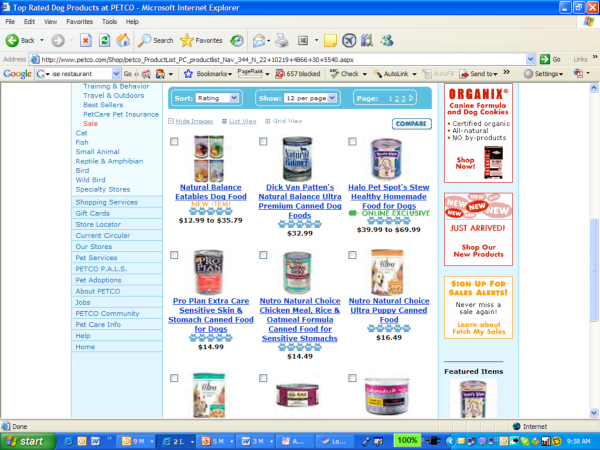Word of Mouth Online: Let Your Customers Do Your Marketing for You
All marketers appreciate it when satisfied customers tell their friends about favorite products or experiences. But how to ensure that you get all the positive word of mouth that you deserve? Traditionally, word of mouth marketing was difficult to manage. It was too random, and too complex to influence, not to mention control.
But with the arrival of the Internet, harnessing, even stimulating, word of mouth has become much easier. So much so that marketers have even formed a trade association, WOMMA, the Word of Mouth Marketing Association, to support the industry, conduct research, set guidelines and train practitioners. (www.womma.org)
The Internet allows you to support word of mouth in many ways:
- Recruit evangelists
- Motivate them to spread the word
- Reward positive word of mouth
- Build communities around your brand
- Monitor naturally occurring word of mouth
Wonderful new tools and technologies are being developed to help marketers gain leverage from this new channel. Here are some examples.
Adding customer ratings and reviews to your web site
An excellent source of word of mouth is customer reviews and ratings. The research firm RoperASW reported that 93% of consumers consider word of mouth as the best source of product information.
PETCO, a 740-store retailer of premium pet food and supplies, used technology provided by Bazaarvoice to add customer comments to its broad range of merchandise, ranging from food, to grooming supplies, vitamins, even pet insurance products, for dogs, cats, birds, every kind of pet you can think of. The rating system comprised 1 to 5 “paws” as a symbol of customer preference.
To encourage customers to post ratings, PETCO conducted a sweepstakes, offering a chance to win a $100 gift certificate with each posting, over a two-month period. The promotion raised submissions by 800%, effectively launching the ratings program to the point where it provided meaningful content for shoppers.
With thousands of reviews available, PETCO could enhance the shopping experience with such features as a list of “Top Rated Products,” those that earned 4 or 5 “paws.” PETCO found that customers who viewed the Top Rated categories converted at the rate of 35% higher than other shoppers, and spent 40% more per order. When they added the Top Rated Products category to outbound emails, PETCO marketers improved email click-through rates by 5 times.

PETCO added customer ratings to products and increased average order size by 40%.
How Procter and Gamble recruited young mothers to spread the word
P&G, the number one manufacturer of household products, has been quick to take advantage of the Internet’s capabilities. In 2001, they started up Tremor, a program that recruited teenagers to spread the word about their favorite P&G products. By the middle of 2006, Tremor had 225,000 teens on board. However, some observers criticized the company for crassly exploiting impressionable teens for marketing purposes.
In December 2005, P&G converted Tremor to Vocalpoint, targeted to young mothers with active social networks. Within a year, Vocalpoint had recruited over 600,000 moms, who are rewarded for sharing their enthusiasm for P&G products with a newsletter, product samples and coupons. Brand managers of Dawn, a P&G dishwashing product that tested the program, found that unit sales doubled in test markets that operated Vocalpoint groups, compared to their regular test markets.

Vocalpoint rewards young mothers for telling their friends about P&G products.
Using the Internet to measure word of mouth
Marketers can also use the Internet to measure word of mouth activity, whether they had any involvement in stimulating it or it just occurred organically through the natural course of events.
Using tools provided by companies like Cymfony and Nielsen Buzzmetrics, marketers can scan the entire electronic media universe and track the talk about products—their own, or those of their competitors—and monitor trends over time.
Cymfony’s Orchestra, for example, pulls information from more than 200,000 media outlets in 13 languages and 30 countries, both traditional media and consumer-generated media like millions of blogs, message boards and social networking sites. The ability to scan and analyze quickly data from so many sources has given new life to such PR practices as Reputation Management, and Crisis Management, for companies that want to track not only the good things customers are saying, but also the bad.
Truly, the Internet is changing everything that we do in marketing. Aren’t we the lucky ones who have the chance to play with this extraordinary new tool.


